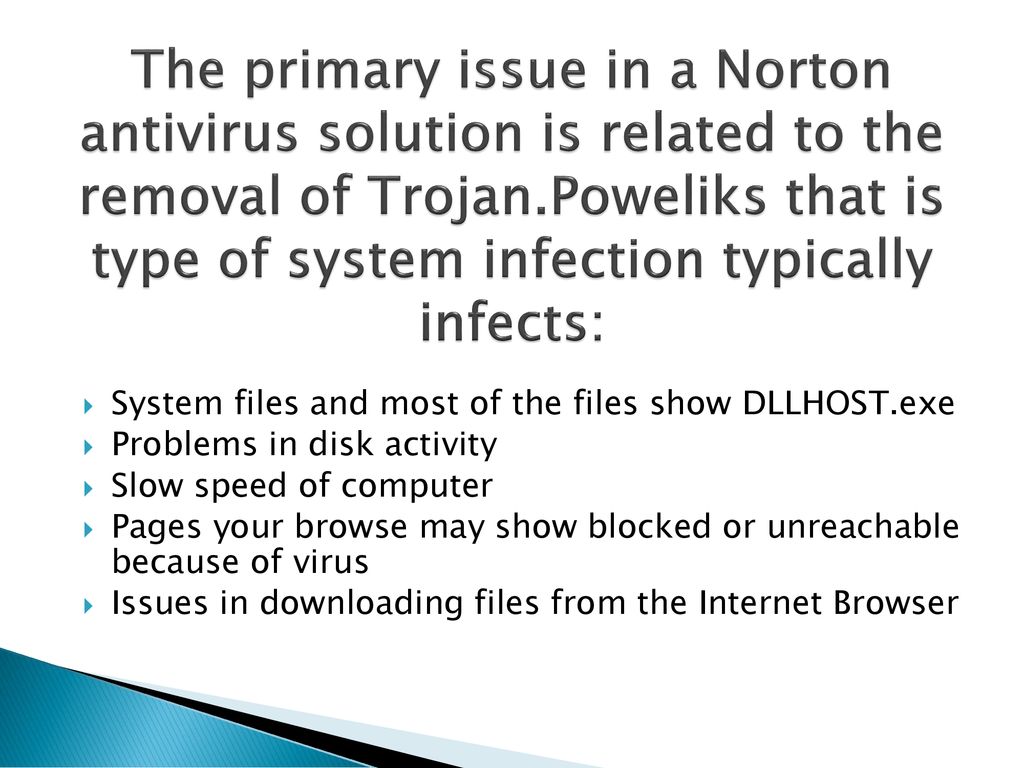
For example, causes any file in the LocalServer32 subkey to be run any time a folder is opened. Specifically, Poweliks hijacks the following CLSIDs:Īll of these CLSIDs are loaded with Windows. Poweliks adds additional data to these CLSID subkeys, augmenting their functionality with its own.
TROJAN POWELIKS REMOVAL WINDOWS
CLSID entries are linked with certain functionalities that Microsoft requires so Windows can run properly. While many threats frequently change the Run subkey in the registry to load themselves, Poweliks uses new load points by CLSID hijacking.
TROJAN POWELIKS REMOVAL CODE
The JavaScript code has instructions to read additional data from the registry, which acts as the payload (green outline), and then execute it. Poweliks uses a legitimate Windows rundll32.exe file (blue outline) to execute JavaScript code (red outline) that has been embedded in the registry subkey itself. The following image can help to explain how it does this: Figure 1. Poweliks is a fileless threat that uses several techniques to persist solely in the registry.
TROJAN POWELIKS REMOVAL DOWNLOAD
Furthermore, the threat adds the compromised computer to a click-fraud botnet and forces it to download advertisements without the victim’s knowledge. Poweliks will also exploit a zero-day privilege escalation vulnerability to take control of the compromised computer. The Trojan uses other registry tricks, such as a special naming method, to make it difficult for users to find it and then uses CLSID hijacking to maintain its persistence on the compromised computer. This persistence mechanism is not the only trait that makes Poweliks unique. While fileless threats that reside in memory-only have been seen before, Poweliks stands out from this crowd because of a persistence mechanism that allows it to remain on the compromised computer even after a restart. As a registry-based threat, Poweliks does not exist as a file on the compromised computer and instead resides only in the Windows registry. Trojan Poweliks first grabbed people’s attention in 2014 when it evolved into a registry-based threat. These techniques allow Poweliks to stay active on the computer without writing a common file on disk, which would expose it to detection from traditional security tools. The PowerShell loads a watchdog DLL and other payloads. The JavaScript uses a WScript object to decrypt a PowerShell script from another registry key and runs it. The registry entry uses the legitimate rundll32.exe to execute a small JavaScript embedded in the registry key.


The threat also modifies access rights, making the key difficult to remove. This prevents normal tools from being able to display this value. Poweliks creates a registry run key with a non-ASCII character as a name. After this, Trojan.Kotver started to use similar tricks and it is one of the most active threats today. One of the most prominent examples of registry run key persistence is Trojan.Poweliks from 2014, which uses PowerShell to create a fileless persistent load point. Poweliks What makes Poweliks one of the most persistent threats in the current times?


 0 kommentar(er)
0 kommentar(er)
